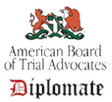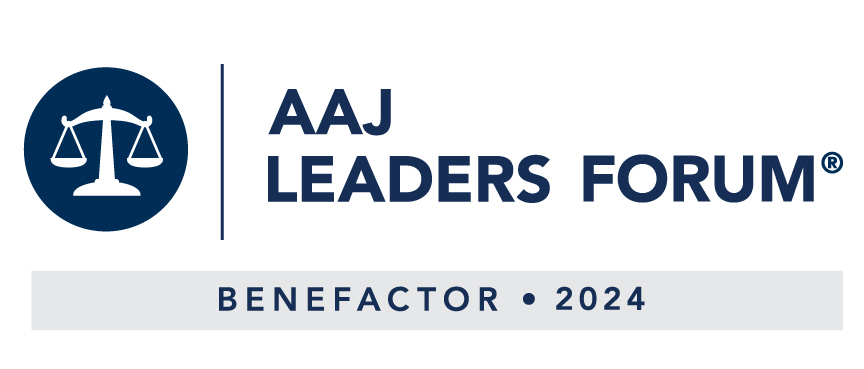Pipefitter Develops Asbestosis and Colon Cancer from Asbestos Exposure
SF Jury Awards $1,083,000 in Asbestos Cancer Case
San Francisco, CA — February 17, 2006 — A jury awarded $1,083,000 to Merle Sandy, a 60–year–old retired pipefitter suffering from asbestos pleural disease, asbestosis, and colon cancer caused by his on–the–job exposure to asbestos. The defendant, Exxon Mobil Corporation, is the former owner and operator of an oil refinery located in Benicia, California, where Merle Sandy did industrial maintenance work. He was exposed to hazardous levels of asbestos while removing insulation and while working with asbestos gaskets, packing, and welding blankets. Employed by an independent contractor, Mr. Sandy worked at the Benicia refinery from 1970 through 1974. He also worked at the refinery in 1977 and 1979.
A History of Asbestos Exposure and Disease
In the mid–1990s, Mr. Sandy’s chest, CT scans showed asbestos pleural plaques and early signs of asbestosis. In 2004, he was diagnosed with Stage 1 colon cancer and underwent surgery. The cancer returned in 2005 and metastasized to his liver. Despite extensive treatment efforts, Mr. Sandy’s cancer has progressed and his disease is considered terminal.
Mr. Sandy was first exposed to asbestos when he was 14 years old. His father, a pipefitter, brought Mr. Sandy with him on a summer pipeline job in Wyoming. Mr. Sandy was exposed to asbestos welding strips and insulation while working as a helper. From 1963–1966, Mr. Sandy worked as a roughneck at oil drilling operations throughout the San Joaquin Valley in central California. He was exposed to asbestos while dumping hundreds of bags of dry drilling mud mix. He wore no respiratory protection.
Mr. Sandy became a full-time pipefitter in 1966, joining Local 342, Vallejo, California. He retired in 1999. In addition to working at Exxon’s Benicia refinery, Mr. Sandy worked as an industrial pipefitter at a number of sites throughout the San Francisco Bay Area, including chemical plants, oil refineries, and manufacturing facilities. No respiratory protection was provided, and he was exposed to asbestos during his work with insulation, gaskets, packing, and welding blankets.
In 1974, Mr. Sandy traveled to Alaska, where he worked on the Alyeska pipeline. Over the next 15 years there, he was exposed on an intermittent basis to asbestos working with gaskets, packing, and welding blankets. Once again, Mr. Sandy was not offered respiratory protection.
Exxon Mobil Was Aware of Asbestos Hazards
The Merle Sandy v. Exxon Mobil Corporation trial began on January 16, 2006, with jury selection before San Francisco Superior Court Judge Gail Dekreon. A jury was impaneled to hear the case and received testimony. Closing arguments were presented on February 9, 2006. The jury deliberated for over four days before reaching its verdict.
During the trial, testimony was introduced concerning Exxon’s extensive knowledge of asbestos hazards, dating back to the late 1930s, the historical uses of asbestos in industrial settings, the state of medical knowledge historically regarding asbestos, cell biology, pulmonary medicine, and industrial hygiene.
Plaintiff presented testimony from the videotaped depositions of Exxon’s former Chief Industrial Hygienist, James Hammond, and Medical Director, Neill Weaver, M.D. This testimony, as well as internal company documents, established that Exxon was fully aware of the risk of disease posed by asbestos dust at its refinery properties as early as 1937.
The Benicia, California refinery was constructed between 1966 and 1969. Asbestos insulation, gaskets, and packing were widely used. Mr. Sandy’s employer, a local mechanical contractor, received the first maintenance contract once the Benicia refinery was fully operational. Exxon retained control over Mr. Sandy’s work by issuing permits designed to identify hazards he might encounter in his work and requiring compliance with company safety rules and regulations, none of which referenced asbestos.
Exxon Mobil provided Mr. Sandy with asbestos gaskets, packing and welding blankets to carry out his work, but gave him no warnings about these items. Although Exxon Mobil personnel oversaw Mr. Sandy’s work at Benicia, he was never told that the products he was working with were hazardous, or provided with information about the location of asbestos at the refinery. He was not given instructions about how to work safely to prevent asbestos exposure or provided with respiratory protection.
Testimony from plaintiffs’ experts showed that Mr. Sandy was significantly and substantially exposed to hazardous levels of asbestos throughout his career. Also, each and every exposure was a substantial factor contributing to his risk of later developing an asbestos-related disease, including asbestosis and cancer.
Merle Sandy was represented at trial by Andrew Chew of the Novato, California office of Brayton Purcell LLP. Exxon Mobil Corporation was represented at trial by William Armstrong and Lisa Sapcoe of Armstrong & Associates of Oakland, California.









